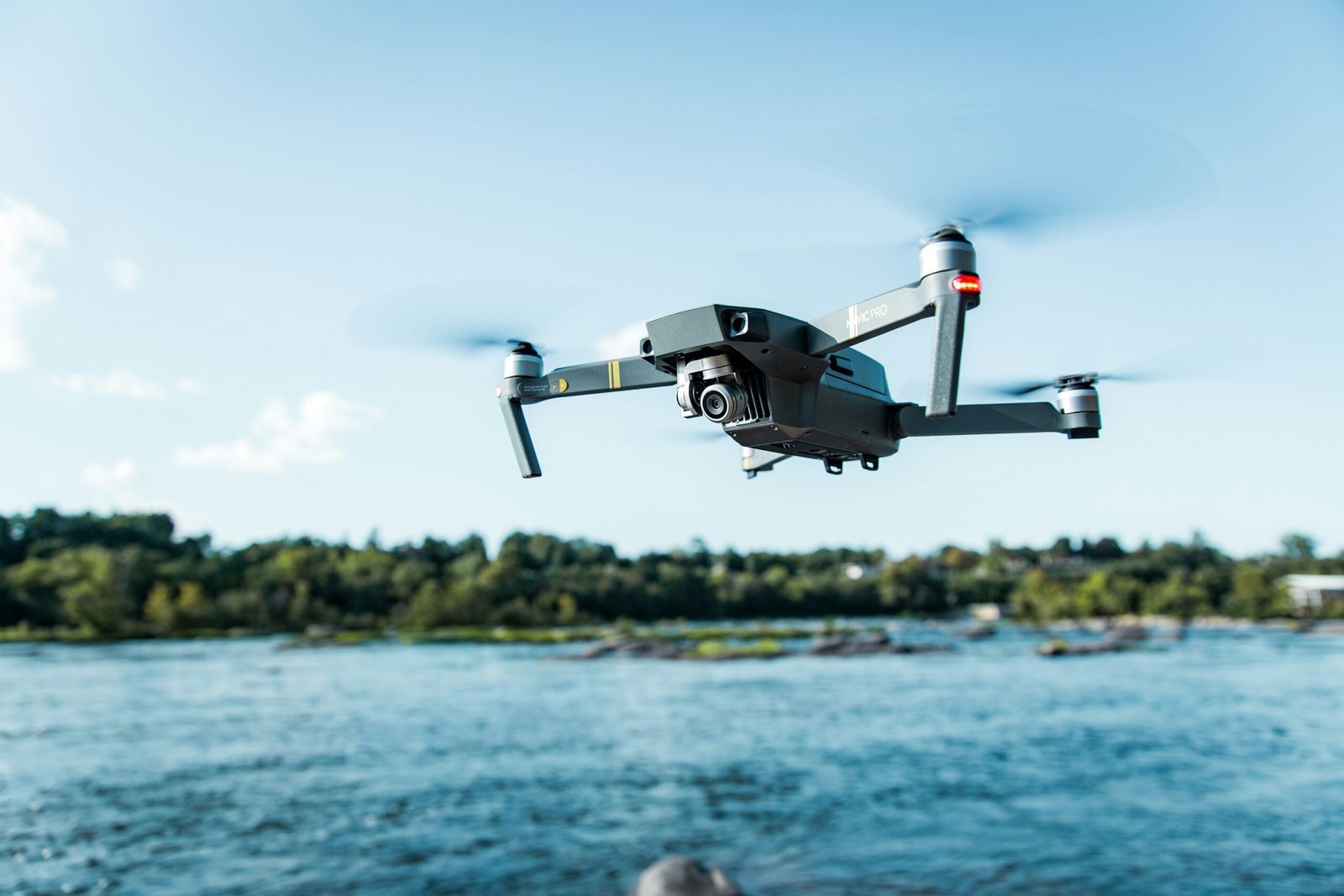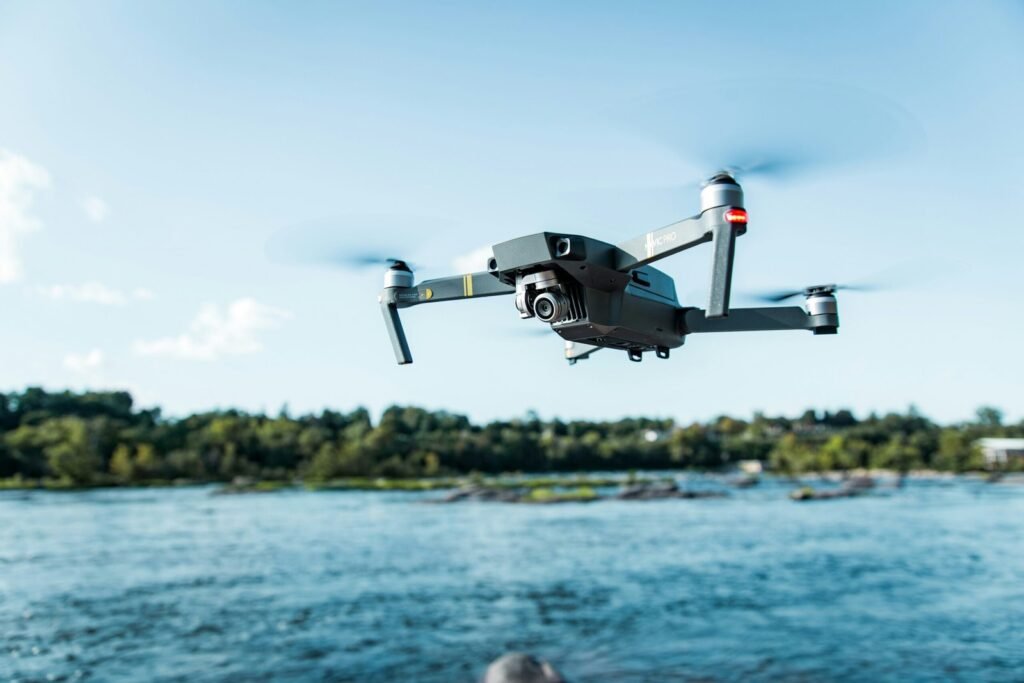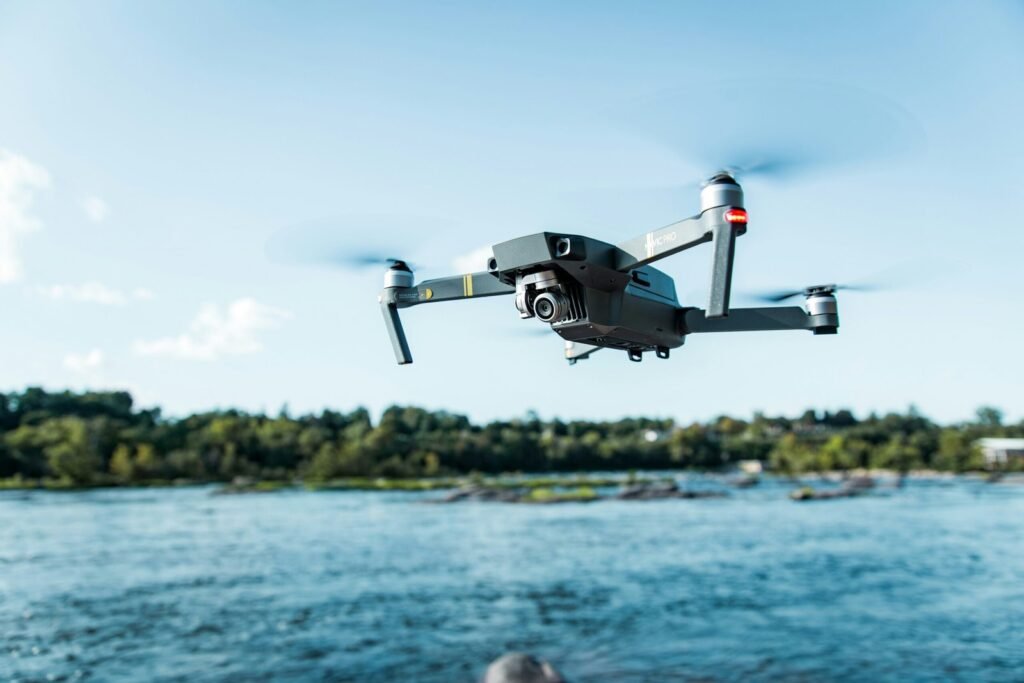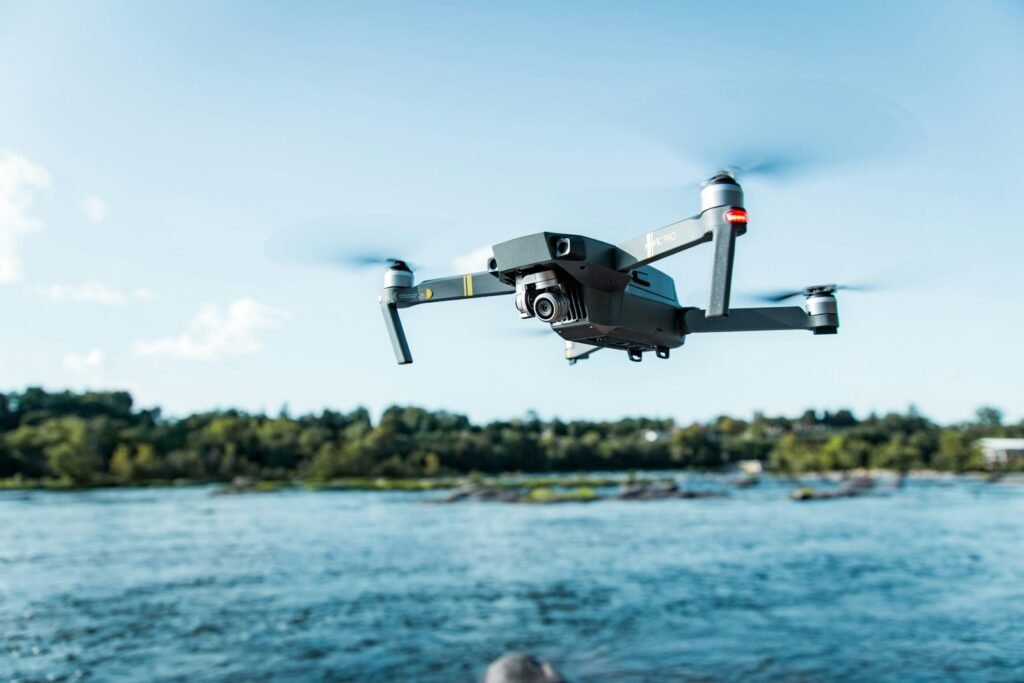Delve into the enigmatic world of North Sentinel Island with these exclusive, never-before-seen drone and satellite images capturing the secluded lifestyle of the Sentinelese tribes. Nestled in the Bay of Bengal, North Sentinel Island has remained untouched for over 60,000 years, shielded from the influences of the outside world.

Remarkable drone photographs have provided a fleeting, unprecedented glimpse into the lives of tribal communities from around the globe.
Captured by G. Miranda on behalf of Survival International, these images offer a rare perspective of tribal life, captured from above by drones.
Among the striking scenes are tribes located in the Amazon rainforest near the Brazil-Peru border, as well as the notorious Sentinelese tribe residing on North Sentinel Island, recognized as one of the most isolated and elusive communities on Earth due to their fiercely defensive nature.
Survival International recently shared a video showcasing a collection of these photographs, dating back to 2018.
In the comments section of the video, viewers expressed astonishment at the vast disparity between our modern lifestyles and those of the tribal peoples depicted. One commenter remarked, “It’s mind-boggling how different our lives are. They have no concept of grocery stores, factories, phones, or social media – elements that define our society. It’s surreal.”
Another commenter reflected on the remarkable skills demonstrated by the tribes, stating, “The ability to navigate through dense foliage like that is typically taught to special forces during jungle training. This concept fascinated me in my youth, and I taught myself how to do it. Surprisingly, it’s proven to be an invaluable skill throughout my life.”
A Glimpse of Isolation
The Sentinelese tribes inhabit this remote island, living in complete isolation and unawareness of the modern world beyond their shores. These images offer a rare glimpse into their traditional lifestyle, providing valuable insights into their customs, dwellings, and daily activities.
Exclusivity in Every Frame
Procured from Indian government operations, these images are exceptionally rare, with few available on the web. The Indian government periodically conducts drone flights over North Sentinel Island to ensure the well-being of the Sentinelese tribes. The images presented here are the result of these meticulous operations, brought to you exclusively.
Preserving Cultural Heritage
These images serve as more than just captivating visuals; they also contribute to the preservation of the Sentinelese cultural heritage. By documenting their way of life from a respectful distance, we honor their autonomy and uniqueness while raising awareness of the need to protect indigenous peoples and their lands.
Conclusion
Embark on a visual journey to one of the most secluded and mysterious places on Earth with these unseen drone and satellite images of North Sentinel Island. Witness the resilience of a people untouched by time and immerse yourself in the rich tapestry of their ancient culture.
FAQs about North Sentinel Island:
1. Can I fly a drone to North Sentinel Island?
Absolutely not! Flying any aircraft, including drones, within 5 nautical miles of North Sentinel Island is strictly prohibited by the Indian government. This is for the protection of both the Sentinelese people and any visitors, as contact has historically resulted in violence and tragedy. The Sentinelese way of life remains largely unknown, and they have shown a clear desire to be left alone. Violating this restriction could have serious legal consequences and put lives at risk.
2. Why is no one allowed in North Sentinel Island?
The Indian government restricts access to North Sentinel Island for several important reasons:
- Protection of the Sentinelese: The Sentinelese are one of the last remaining uncontacted tribes in the world, and their way of life and culture are extremely vulnerable to outside influences. Contact with outsiders could introduce diseases, disrupt their social structure, and even threaten their survival.
- Safety of visitors: The Sentinelese have a history of resisting contact with outsiders, often using violence to defend their island. Entering their territory puts visitors at significant risk of injury or even death.
- Respect for Indigenous rights: The Sentinelese have the right to self-determination and to choose their own level of contact with the outside world. Respecting their wishes to remain isolated is essential for upholding their autonomy and cultural integrity.
3. What happens if you go to North Sentinel Island?
Attempting to enter North Sentinel Island is illegal and carries serious consequences. The Indian government actively patrols the area and deters any unauthorized entries. If someone is caught trespassing, they could face fines, imprisonment, or even deportation. Additionally, venturing onto the island puts yourself at great risk of violence from the Sentinelese.
4. What do the Sentinelese eat?
Due to their isolation and limited contact, the exact details of the Sentinelese diet are unknown. However, based on anthropological studies and observations, it’s believed they subsist on a range of foods found on the island, including:
- Fish and seafood: The island is surrounded by coral reefs, offering access to a variety of fish and shellfish.
- Nuts and fruits: The island’s forests likely provide them with various edible nuts and fruits.
- Small animals: Hunting small animals like birds and rodents is a possibility.
- Roots and tubers: Edible roots and tubers found in the forest floor could supplement their diet.
It’s important to remember that this information is based on limited knowledge and may not be entirely accurate. Respecting the Sentinelese’s privacy and right to isolation is crucial for their continued well-being and cultural preservation.





